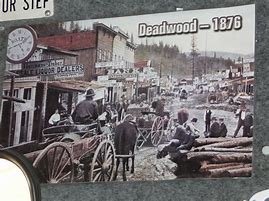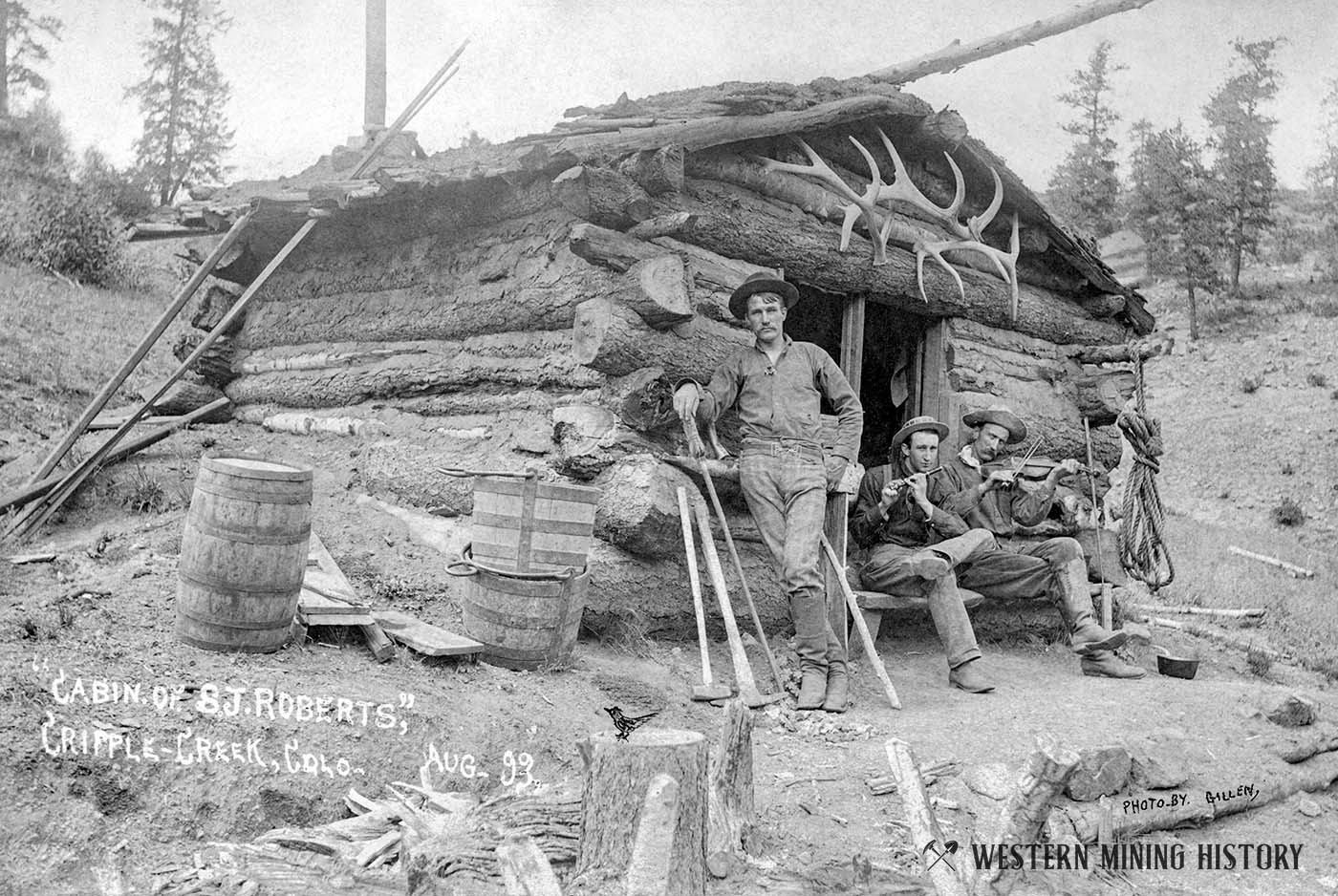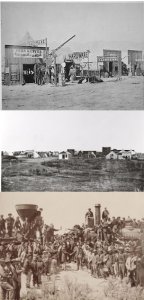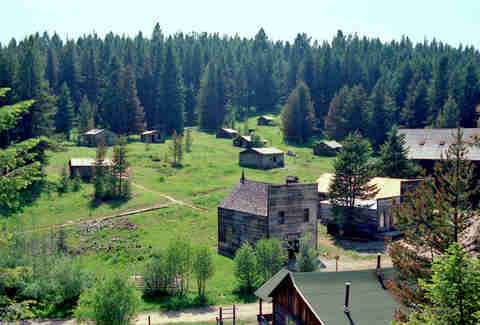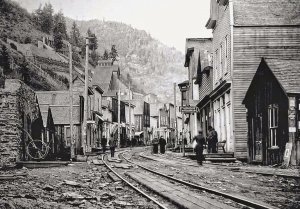Towns in the U.S. Old West have always fascinated me, especially old pictures. Thought I'd start a new thread with these pictures in case anyone else is interested.
Kokomo, Colorado (circa 1880)
"...Significant mining in the area did not begin until after rich silver deposits were discovered in 1877. By 1881 the town was booming with a reported 10,000 inhabitants. Kokomo experienced a fire in 1881 that burned most of the town to the ground. The citizens rebuilt, but the local mines were already in decline and the town never again reached the bustle of 1881." Kokomo is now a ghost town.
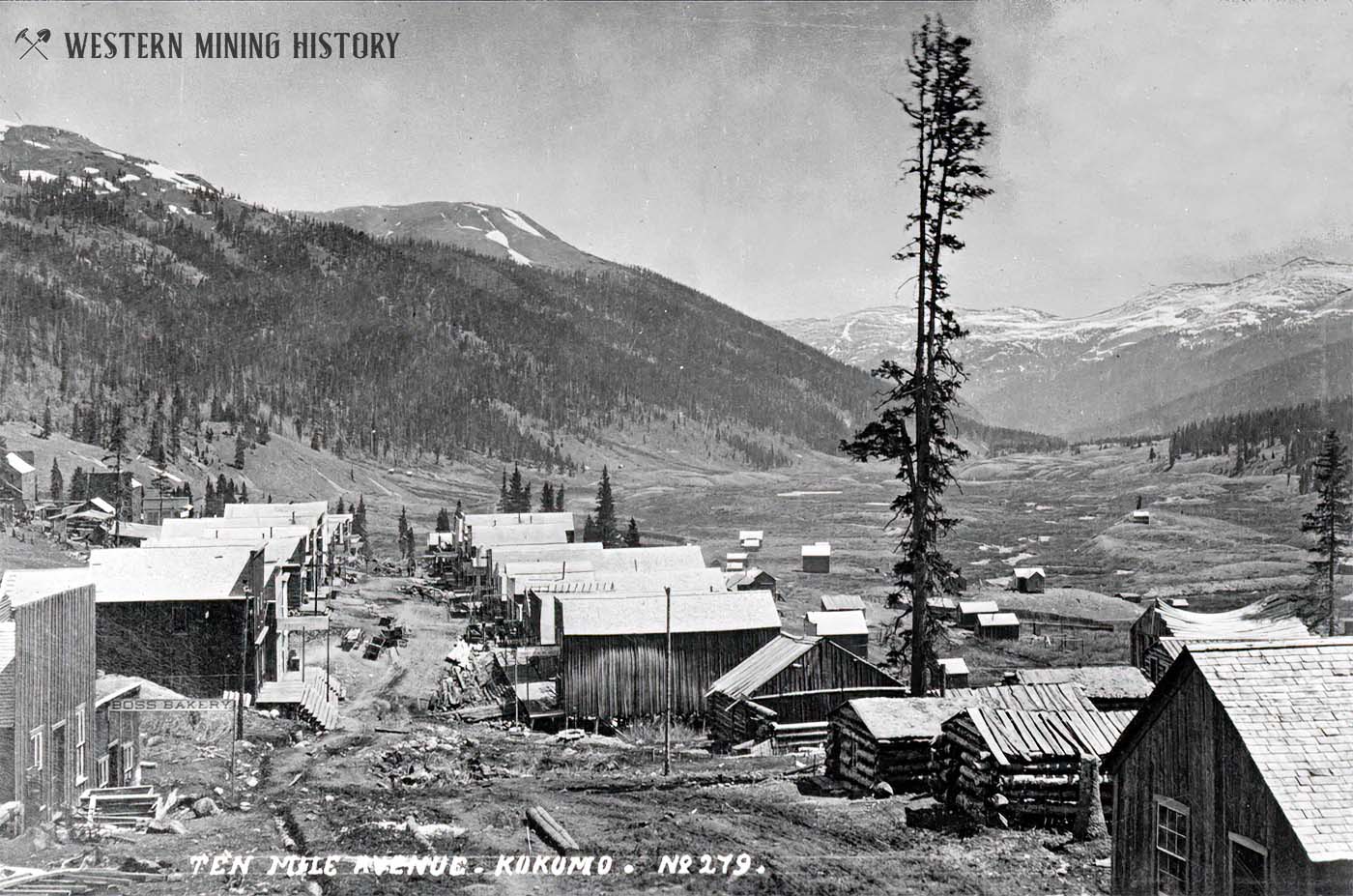

A residence in Kokomo.
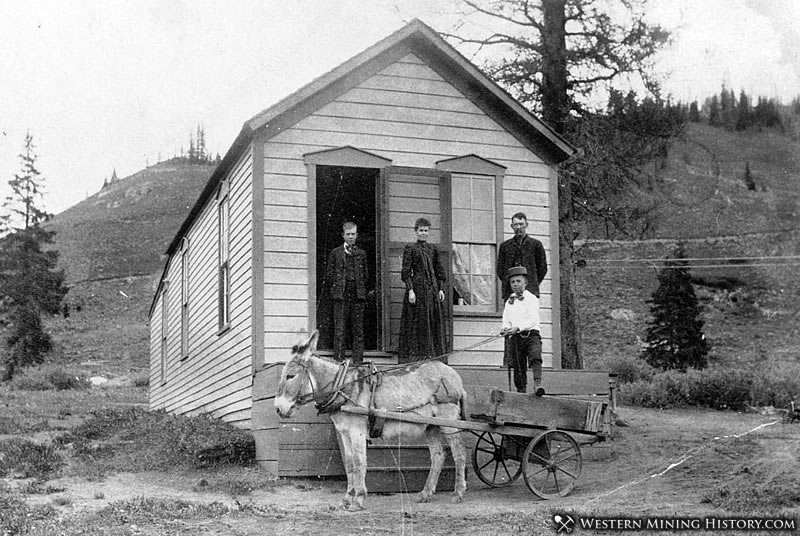
School teacher and children
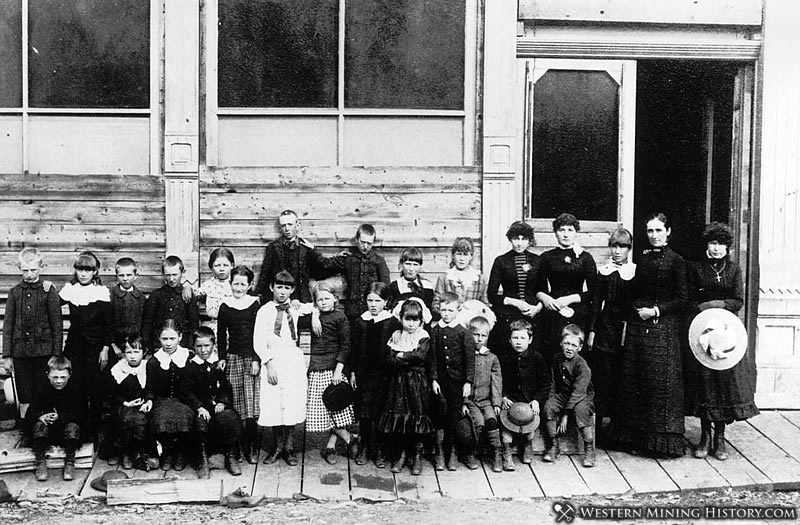
Kokomo, Colorado (circa 1880)
"...Significant mining in the area did not begin until after rich silver deposits were discovered in 1877. By 1881 the town was booming with a reported 10,000 inhabitants. Kokomo experienced a fire in 1881 that burned most of the town to the ground. The citizens rebuilt, but the local mines were already in decline and the town never again reached the bustle of 1881." Kokomo is now a ghost town.


A residence in Kokomo.

School teacher and children






